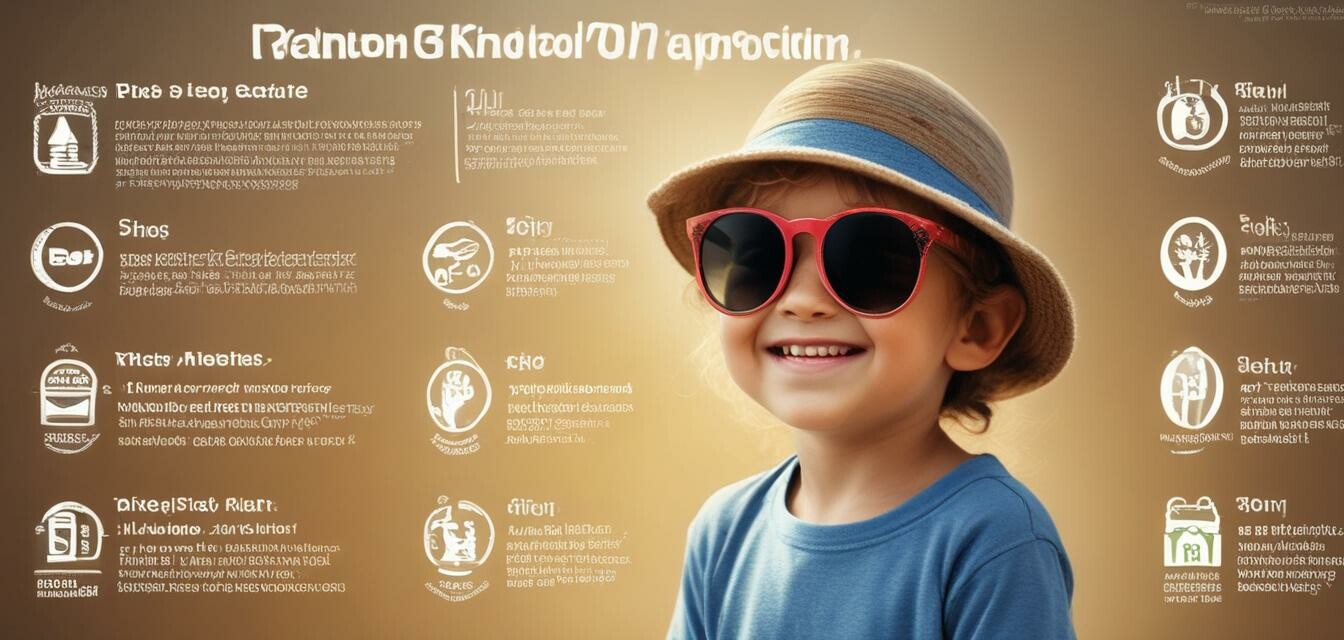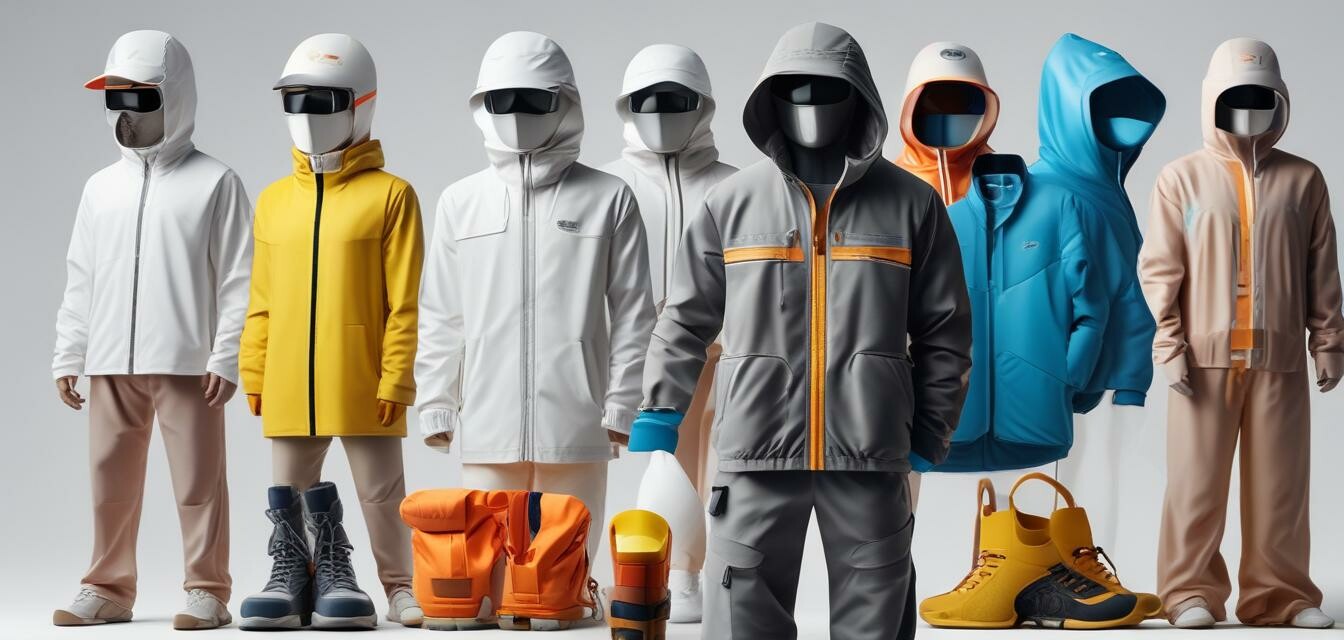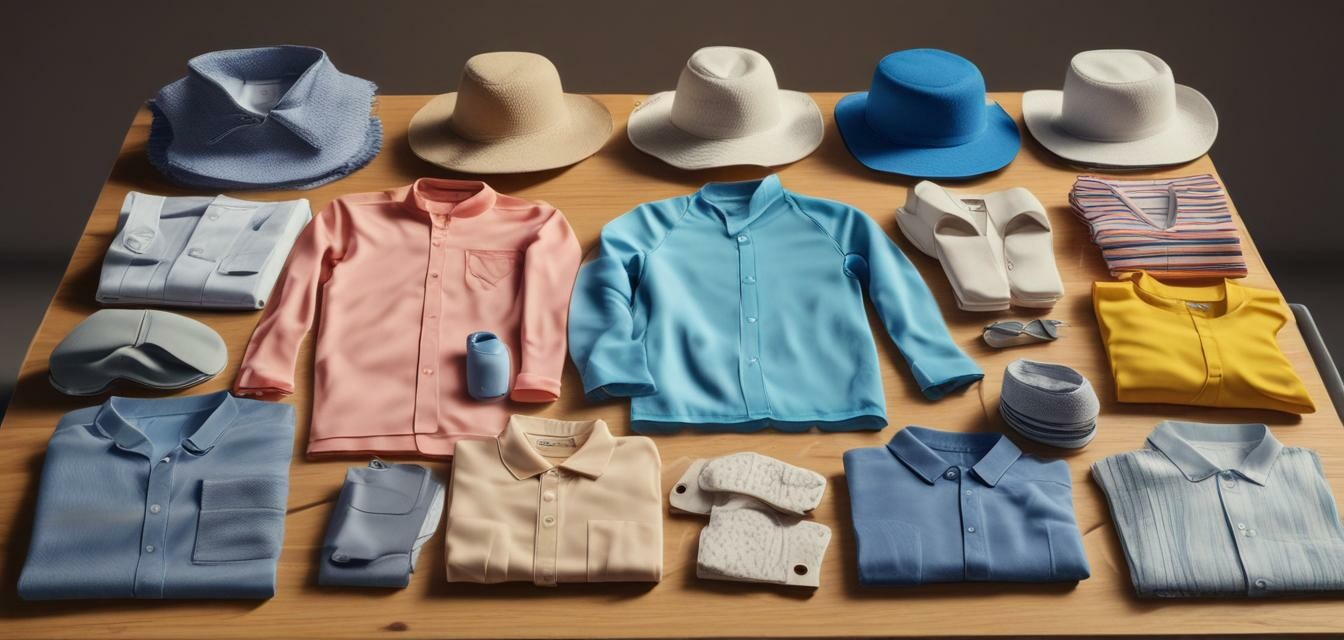
UV Protective Fabrics
When it comes to protecting your skin from the harsh effects of UV radiation, choosing the right fabric for your clothing makes all the difference. In this article, we'll delve into the different types of fabrics used in UV protective clothing and their effectiveness.
Key Takeaways
- UPF (Ultraviolet Protection Factor) ratings measure a fabric's ability to block UV radiation.
- Different fabrics have varying levels of UPF protection, with some offering more protection than others.
- Moisture-wicking and breathable fabrics are ideal for active outdoor enthusiasts.
- Some fabrics may require special care to maintain their UPF rating.
What is UPF?
UPF, or Ultraviolet Protection Factor, is a measure of how well a fabric blocks UV radiation. It's similar to the SPF rating used for sunscreens, but for fabrics. A UPF rating of 30, for example, means the fabric allows only 1/30th of the sun's UV radiation to pass through.
| UPF Rating | UV Protection |
|---|---|
| 15-20 | Good protection, but some UV radiation may pass through |
| 25-30 | Very good protection, suitable for most outdoor activities |
| 40-50+ | Excellent protection, ideal for extended outdoor activities |
Types of UV Protective Fabrics
There are several types of fabrics used in UV protective clothing, each with its own unique characteristics and benefits.
- Cotton: A natural fiber with a UPF rating of around 5-10, making it a good choice for casual, everyday wear.
- Polyester: A synthetic fiber with a UPF rating of 15-30, making it ideal for active outdoor enthusiasts.
- Bamboo: A sustainable, eco-friendly fabric with a UPF rating of 30-40, perfect for those looking for a natural, breathable option.
- Nylon: A strong, durable fabric with a UPF rating of 40-50+, suitable for water sports and activities.
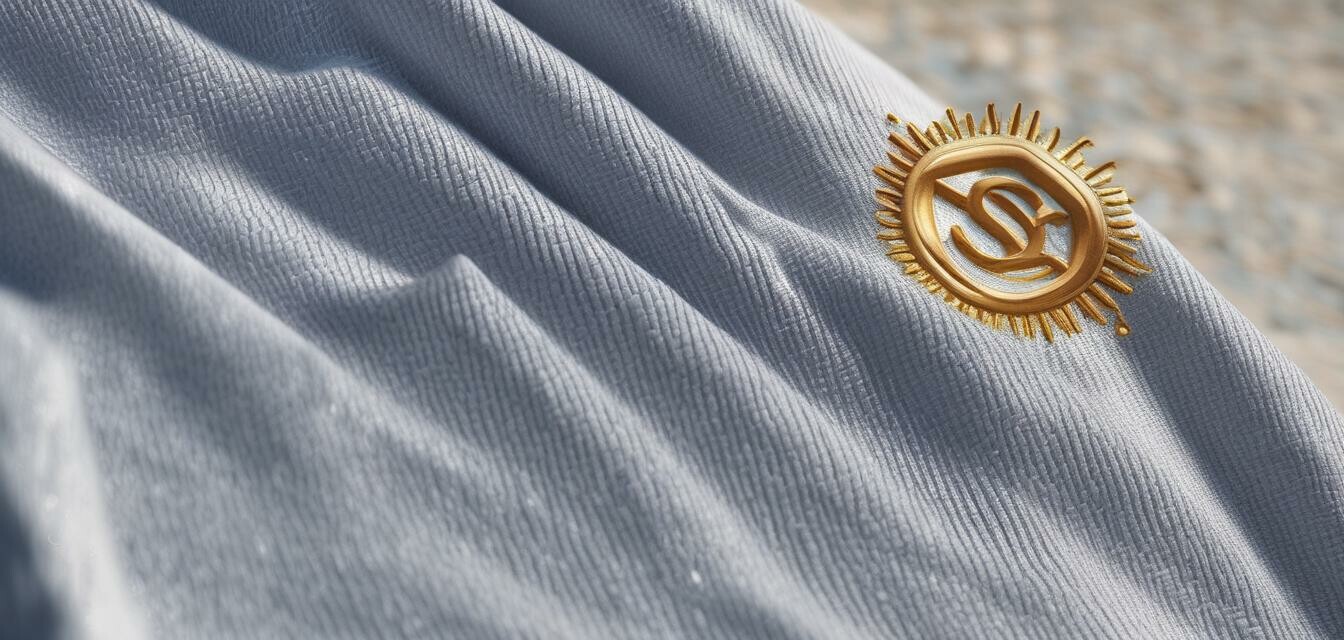
Maintenance and Care
To ensure your UV protective clothing remains effective, it's essential to follow the manufacturer's care instructions.
- Wash in cold water to prevent shrinkage and damage to the fabric.
- Avoid using fabric softener or bleach, as these can reduce the UPF rating.
- Dry naturally or tumble dry on a low heat setting.
Beginners' Tips
- Always check the UPF rating of your clothing before purchasing.
- Choose fabrics that suit your outdoor activities and lifestyle.
- Don't forget to apply sunscreen to exposed skin, even when wearing UV protective clothing.
Conclusion
When it comes to protecting your skin from UV radiation, choosing the right fabric for your clothing is crucial. By understanding the different types of fabrics and their UPF ratings, you can make informed decisions about your UV protective clothing. Remember to follow the manufacturer's care instructions to ensure your clothing remains effective.
Pros
- Consistent protection without reapplication
- Ideal for extended outdoor activities
- Popular among people who are photosensitive or on medications that increase sun sensitivity
Cons
- May require special care to maintain UPF rating
- Can be more expensive than regular clothing
Looking for more information on UV protective clothing? Check out our Outdoor Wear section for a range of options. For those with little ones, our Kids' Apparel section has got you covered. And don't forget to explore our Swimwear section for UV protective swimwear.
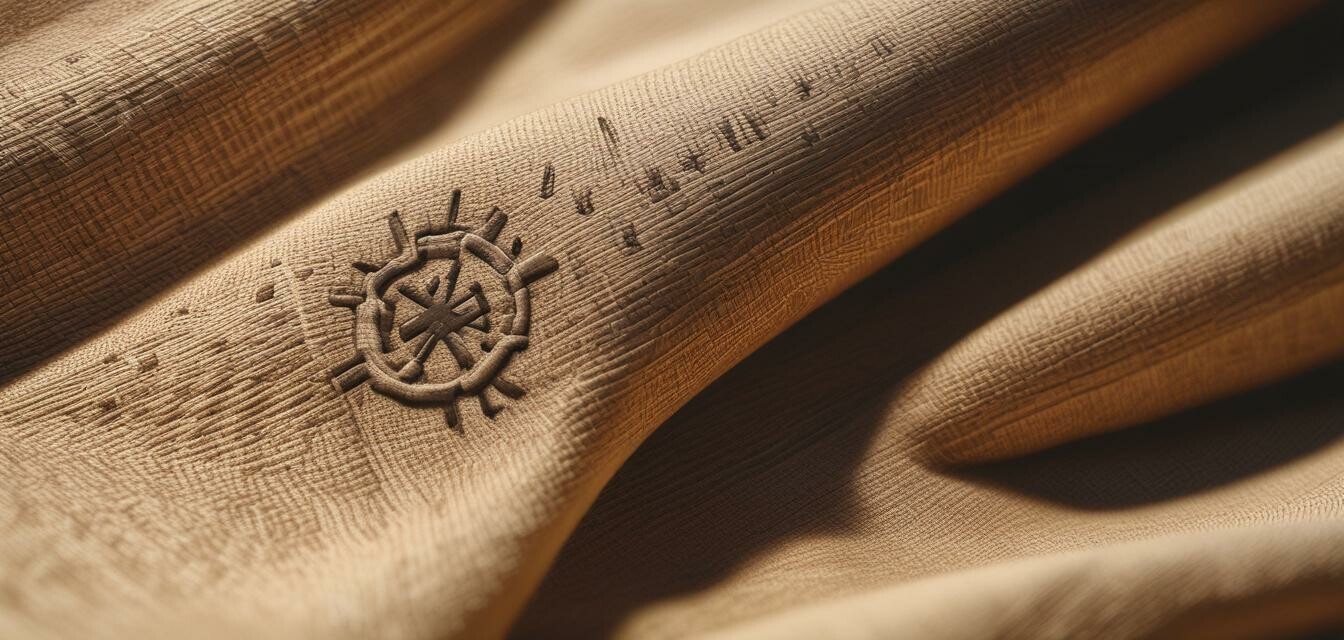
Still unsure about which fabric to choose? Our Accessories section has a range of UV protective accessories to complement your outfit.
